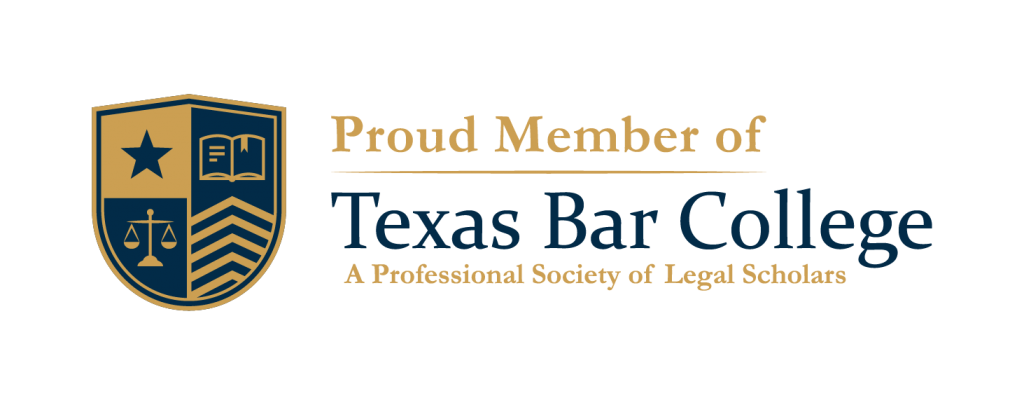- Free Consultation: (210) 996-3163 Tap Here to Call Us
The Downsizing Generation: How to Handle a Surplus of Stuff When a Loved One Ages
As the baby boomer generation ages—and downsizes—more and more adult children will be tasked with going through their loved one’s belongings to decide what to do with everything. As more and more people downsize after retirement, china sets, furniture, heirlooms, and other belongings are often left behind and unwanted.
Traditionally, these items have been passed down to the next generation. But today, the next generation has different needs, tastes, and wants. As a result, there is a surplus of “stuff” baby boomers don’t need or have room for, and their adult children don’t want. Maybe that includes you.
This is an all too common problem with a few helpful solutions.
The thought of tossing a lifetime of belongings in the trash is more than many can bear, which explains the advent of the senior move management industry. Today, there are a plethora of professionals who can help your loved one go through each item to decide what should be kept, what should be given away, and what should go to charity or donated. If you are downsizing, this may be a good time to give your family heirlooms to your loved ones.
The cost of this professional service can be up to $5,000 for a large estate, but it eases the burden on the adult children and ensures the loved one’s wishes are listened to and honored.
Bear in mind, as the baby boomer generation ages, charities and nonprofits that typically accept used furniture and other belongings are faced with the burden of too much stuff. The dated styles baby boomers preferred during their prime don’t fit the tastes and needs of today’s generation. The current generation views belongings like furniture and dishes as functional and more disposable, better suited to their urban, fast-paced lives where minimalism and portability are more prized than sentimentality and tradition.
Another way to decrease the time and effort it takes to dispose of all your belongings is to be very clear about what you consider to be heirlooms and valuable items by indicating in your will, or in a separate writing ancillary to your will exactly what’s important to you and what isn’t. This is formally known as a personal property memorandum.
Most importantly, talk to your children or other heirs to see what they want and don’t want. And to make sure they know what’s important to you, and what isn’t. The more you can communicate about this now with your loved one’s, the better. With the holidays upon us, these more sober matters may not be a preferred topic of conversation, but the big family gathering is a great opportunity to show the younger generations how wonderful traditions can be and all the “stuff” that goes with them.
You may be surprised to discover that most family fights that break up families aren’t over money at all, but over the personal property of mom and dad that the kids fight over because there was not clear instructions. People have special family memories and certain family articles have special meaning and to more than one child. Discuss these things with your family and how items should be divided. It can be a great way to go down a happy memory lane and save the family from disagreements later.
As more baby boomers age and non-profits turn away dated donations, the need for thoughtful estate planning is greater than ever. A comprehensive estate plan can ensure your belongings either go to those who will cherish them or to charities that will benefit from them.
This article is a service of the Law Office of Lasca A. Arnold, PLLC. We don’t just draft documents, we help you make informed decisions to help you and your loved ones.








